The 3 Biggest Future Trends In Transportation And Mobility
31 January 2022
As a futurist, I see many industries undergoing enormous change. The transportation sector is a perfect example of an industry grappling with rapid changes in technology and customer expectations. In particular, these changes are being driven by three major trends: electrification, automation, and servitization.
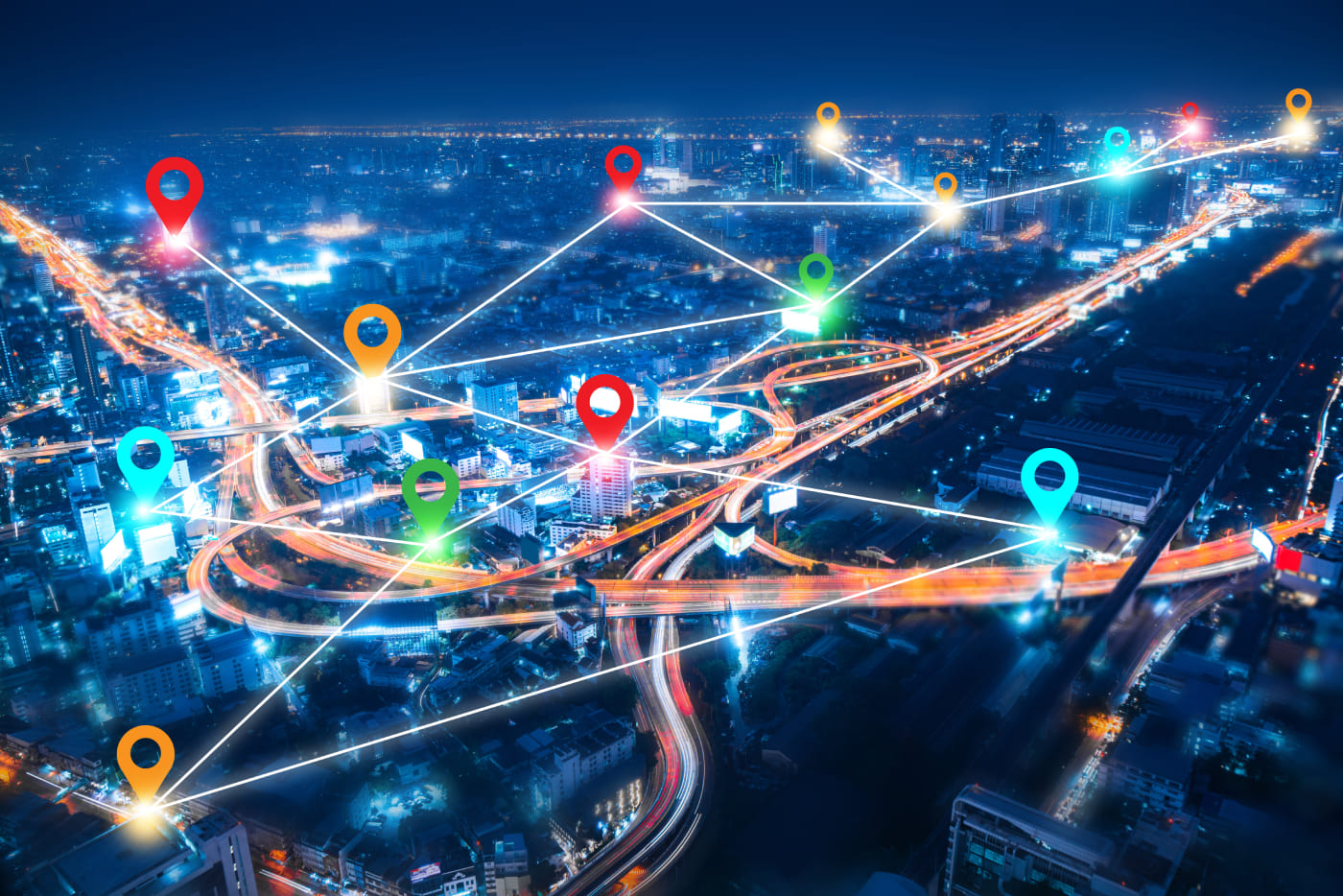
But it’s important to note that these three trends won’t just transform the movement of people. How we move goods will also change. Therefore, the rapid advancements taking place in transportation will affect most businesses, regardless of sector – essentially, any business with a supply chain that relies on the movement of goods should be aware of these three trends.
Let’s dig into the three trends in a little more detail.
Trend 1: Electrification
We know that transportation is a major cause of greenhouse gas emissions. In the US, transportation generates around 28 percent of total greenhouse gas emissions, with these emissions largely coming from the burning of fossil fuels (particularly gasoline and diesel) to run cars, trucks, ships, planes, and trains. We urgently need to transition to greener vehicles – which is where electrification comes in.
When it comes to cars, electric vehicles (EVs) appear to be reaching a tipping point. As of 2020, EVs accounted for just 6 percent of global automotive sales, but that is projected to grow to 13 percent by 2025 and 22 percent by 2030. Over time, stricter national emissions targets, greater urban populations, improvements in charging infrastructure, and the declining cost of the lithium-ion batteries that power EVs (already down 80 percent since 2010) will combine to encourage mass adoption of EVs.
And it’s not just cars that are going electric:
- Indian ride-sharing company Ola has invested massively in e-scooters. The company’s e-scooter plant in India is gearing up to produce 10 million electric scooters a year, making it the world’s largest e-scooter facility.
- Companies like Daimler are investing in electric truck technology. For example, Daimler’s 250-mile range eCascadia and 230-mile range eM2 trucks are due to go into production in 2022.
- Norway has been running electric car ferries since 2015, and the country now aims to run an all-electric fleet by 2023.
Trend 2: Autonomous, connected vehicles
Autonomous vehicles provide an incredible opportunity to revolutionize the way people and goods are transported, improve road safety and ease congestion on our busy roads. They may even change the way our cities are built – if you think about it, huge parking lots will be a thing of the past, as driverless vehicles will be able to drop us at our destination and come back for us later.
That’s a cool vision of the future, but where are we currently at with autonomous cars? Here’s a very brief snapshot:
- Elon Musk said Tesla’s autonomous vehicle technology would be capable of Level 5 autonomy – where the vehicle can carry out all driver tasks in any situation – by the end of 2021. Although Tesla representatives later said Musk was exaggerating a little and they could not guarantee that milestone would be met by the end of 2021.
- Many other automakers are working towards achieving Level 4 autonomy – where the vehicle can drive itself under certain conditions only – over the next few years.
- Yet driverless taxis are already a reality in some parts of the world. Waymo, Alphabet’s autonomous taxi service, launched fully driverless rides for the general public in 2020. And in China, AutoX launched its fully driverless taxis in early 2021.
Meanwhile, in freight, several companies are working to develop autonomous trucks, including TuSimple, which is working with UPS to conduct test operations in Arizona and Texas. Currently, TuSimple trucks still have a driver on board ready to take the wheel, but the company was planning to conduct its first driverless trials in 2021 and start selling autonomous trucks in 2024.
Trend 3: Servitization
Servitization is a massive trend that will affect almost all industries, and mobility is no exception. As more and more of us live in densely populated megacities, and as concern grows over the climate crisis, the days of everyone owning and running their own cars are numbered. Plus, with the rise of ride-sharing services like Uber and Didi Chuxing, transportation is now much more complex and multi-layered than the traditional private ownership model.
Increasingly, then, we'll turn to mobility-as-a-service (MaaS) providers to meet our transportation needs - think of MaaS as mobility on demand. A company like Uber could technically fall under this bracket, but the MaaS operators of the future will offer customers multiple mobility options via a single payment channel and interface. For example, with a MaaS provider, you could borrow a car for a few hours one day, pick up an e-scooter in town later that day, and hop home on public transport – all via one platform. The key notion here is access to mobility rather than ownership. In the future, the majority of city dwellers may never need to own a car at all.
Related Articles
Why The AI Supercycle Will Fail Without Advanced Networks
By now, “smart” versions exist of just about every home appliance, gadget and gizmos we can think of. However, manufacturers continue[...]
The Two-Tier AI Economy: Why Half Of Companies Are Being Left Behind And How To Close The Gap
By now, “smart” versions exist of just about every home appliance, gadget and gizmos we can think of. However, manufacturers continue[...]
5 AI-Era Skills Mistakes That Will Cost Your Business Millions In 2026
By now, “smart” versions exist of just about every home appliance, gadget and gizmos we can think of. However, manufacturers continue[...]
5 ESG Trends That Will Shape Business in 2026
By now, “smart” versions exist of just about every home appliance, gadget and gizmos we can think of. However, manufacturers continue[...]
The 5 Robotics Trends In 2026 You Must Get Ready For Now
By now, “smart” versions exist of just about every home appliance, gadget and gizmos we can think of. However, manufacturers continue[...]
10 Generative AI Trends In 2026 That Will Transform Work And Life
By now, “smart” versions exist of just about every home appliance, gadget and gizmos we can think of. However, manufacturers continue[...]
Sign up to Stay in Touch!
Bernard Marr is a world-renowned futurist, influencer and thought leader in the fields of business and technology, with a passion for using technology for the good of humanity.
He is a best-selling author of over 20 books, writes a regular column for Forbes and advises and coaches many of the world’s best-known organisations.
He has a combined following of 4 million people across his social media channels and newsletters and was ranked by LinkedIn as one of the top 5 business influencers in the world.
Bernard’s latest book is ‘Generative AI in Practice’.





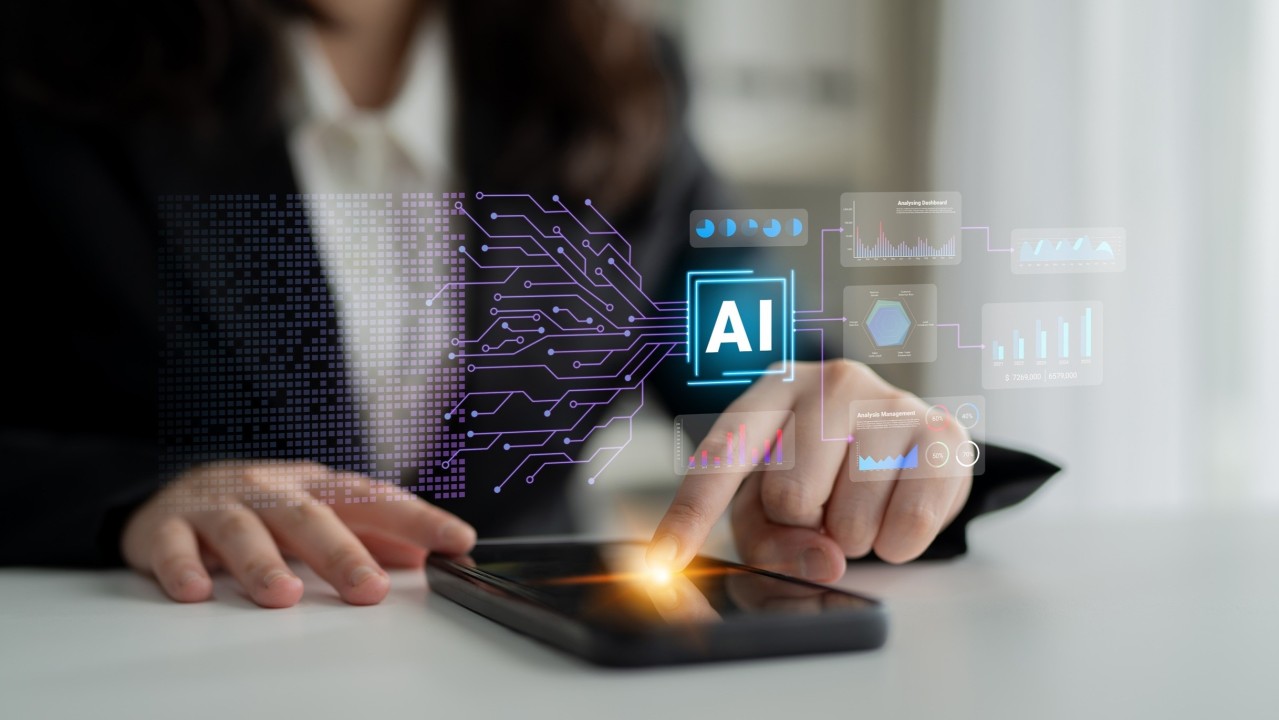
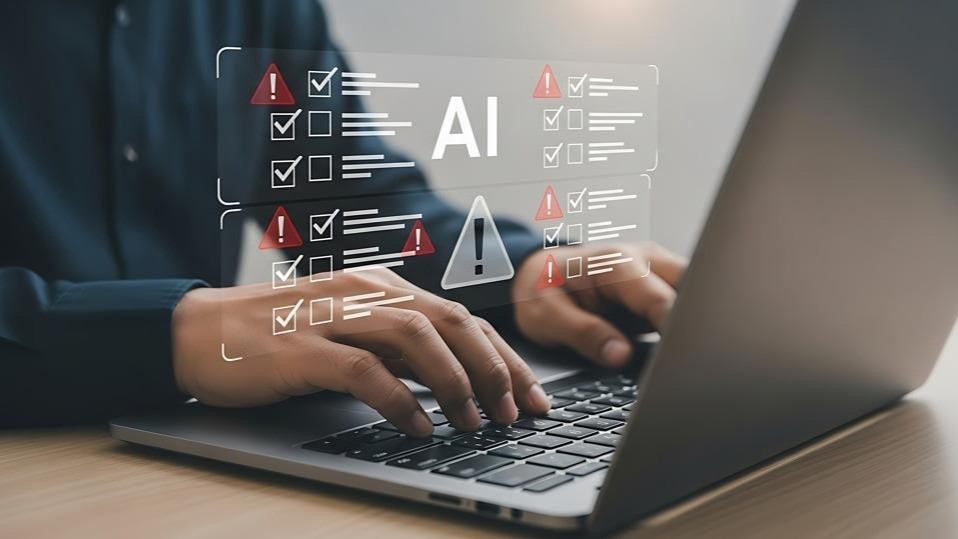
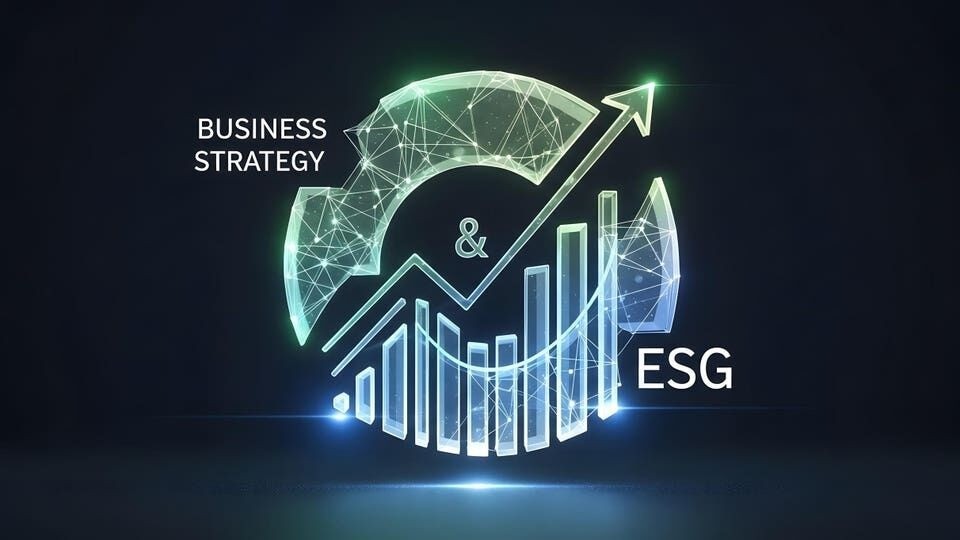
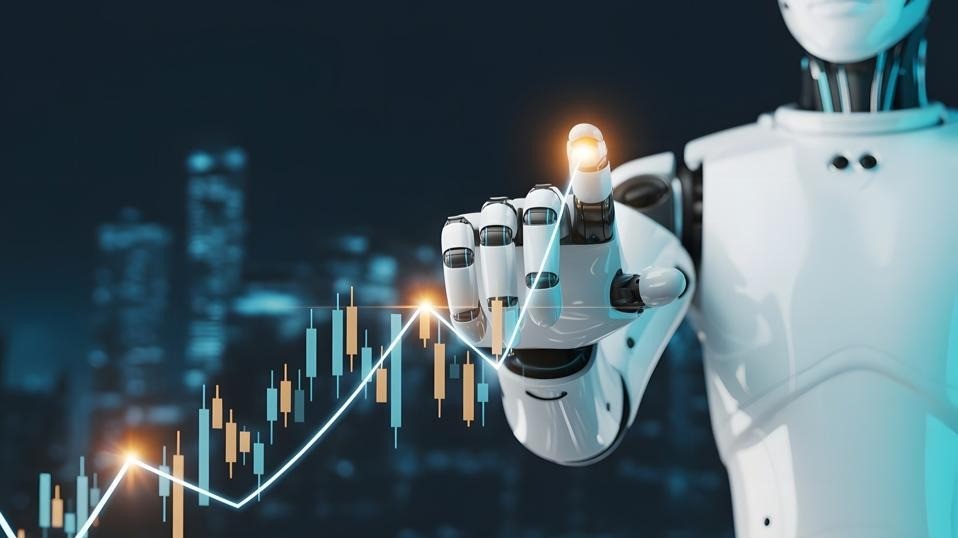
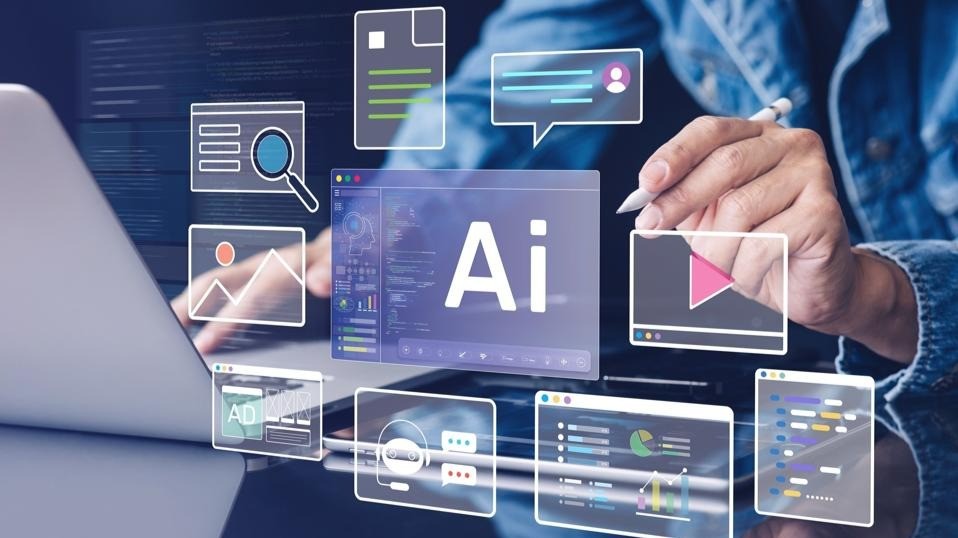
Social Media